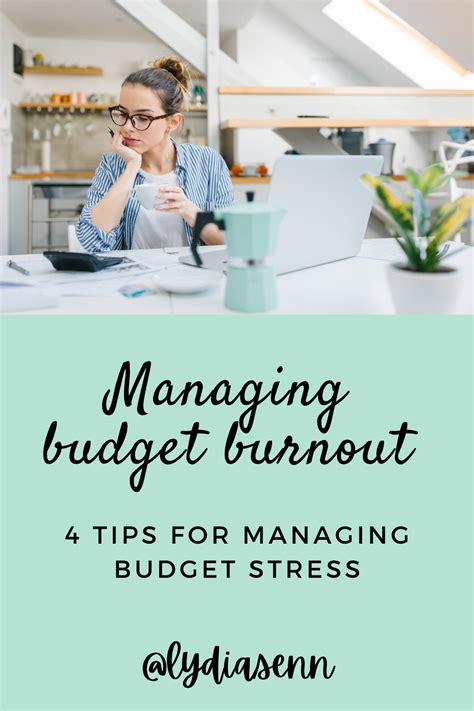The Weight of High-Interest Debt: A Man’s Financial Battle
For many men, the pursuit of financial stability and freedom is a core life goal. Yet, high-interest debt can feel like an invisible chain, holding back aspirations, eroding savings, and causing significant stress. Whether it’s credit card balances, personal loans, or other forms of expensive borrowing, this type of debt actively works against your financial progress, making it difficult to save, invest, or even plan for the future. The good news is that crushing high-interest debt is entirely achievable with the right mindset and a strategic approach. This guide will arm you with the tools and tactics needed to reclaim your financial power.
Understanding the Enemy: What is High-Interest Debt?
Before you can defeat it, you need to understand what you’re up against. High-interest debt typically refers to any borrowing with an annual percentage rate (APR) significantly above the market average, often ranging from 15% to 30% or even higher. Common culprits include credit card debt, payday loans, some personal loans, and certain types of auto loans or lines of credit. The insidious nature of high interest is how quickly it compounds, causing your minimum payments to barely chip away at the principal, keeping you in a cycle of never-ending debt.

Step 1: Confront Your Debt Head-On – The Financial Assessment
The first step in any battle is reconnaissance. You need a clear, unfiltered view of your debt landscape. Gather all statements for credit cards, personal loans, student loans (if applicable and high interest), and any other forms of debt. Create a master list that includes:
- The creditor’s name
- Current balance
- Interest rate (APR)
- Minimum monthly payment
- Due date
This comprehensive inventory will highlight which debts are the most expensive and pressing, allowing you to prioritize your attack. Don’t shy away from the numbers; knowledge is power in this fight.
Step 2: Fortify Your Financial Foundation – Budgeting & Saving
A strong financial foundation is crucial for sustainable debt repayment. This involves creating and sticking to a detailed budget, and building a small emergency fund. Your budget is your financial roadmap, showing you exactly where your money comes from and where it goes. Identify all sources of income and meticulously track all expenses – fixed and variable. Look for areas where you can cut back, even temporarily, to free up more money for debt repayment. This might mean reducing discretionary spending on dining out, entertainment, or subscriptions. Simultaneously, aim to build a starter emergency fund of $1,000-$2,000. This fund acts as a safety net, preventing you from incurring new debt if unexpected expenses arise.

Step 3: Choose Your Battle Strategy – Repayment Methods
With your debt assessed and your budget in place, it’s time to choose a repayment strategy. Two popular methods stand out:
-
The Debt Snowball Method
This strategy involves paying off your smallest debt first while making minimum payments on all others. Once the smallest debt is paid off, you take the money you were paying on it and add it to the payment of your next smallest debt. This creates a ‘snowball’ effect, generating psychological wins that keep you motivated as you eliminate debts one by one. It’s often recommended for those who need frequent morale boosts to stay on track.
-
The Debt Avalanche Method
With this method, you prioritize paying off the debt with the highest interest rate first, while making minimum payments on all other debts. Once the highest interest debt is gone, you move to the next highest interest rate. This approach saves you the most money in interest charges over time, making it the mathematically most efficient choice. For men who are driven by logical efficiency and long-term financial gain, the avalanche method is often preferred.
Choose the method that best aligns with your personality and keeps you motivated to consistently put extra money towards your debt.

Step 4: Explore Advanced Tactics – Refinancing & Consolidation
Sometimes, simply paying more isn’t enough, or you might find a better way to manage your existing debt. Consider these advanced tactics:
-
Balance Transfer Credit Cards
If you have good credit, you might qualify for a balance transfer credit card offering a 0% APR for an introductory period (e.g., 12-18 months). This can give you a powerful window to pay down a significant portion of your debt without accruing interest. Be cautious: transfer fees apply, and if you don’t pay off the balance before the promotional period ends, high interest rates will kick in.
-
Debt Consolidation Loans
A personal loan with a lower interest rate can be used to pay off multiple high-interest debts, consolidating them into a single, more manageable monthly payment. This simplifies your finances and can significantly reduce the total interest you pay. Shop around for the best rates and terms.
-
Credit Counseling
Non-profit credit counseling agencies can help you create a debt management plan (DMP). They negotiate with creditors on your behalf for lower interest rates and more favorable payment terms, often consolidating your payments into one monthly sum paid to the agency. This can be a lifeline for those overwhelmed by debt.

Step 5: Maintain Momentum & Build Wealth – Long-Term Habits
Crushing high-interest debt is a marathon, not a sprint. Once you’re on the path to becoming debt-free, maintaining momentum and developing healthy financial habits is key to building lasting wealth:
-
Automate Payments
Set up automatic payments for all your bills and debt payments to avoid late fees and ensure consistency. Automate your savings as well, even if it’s a small amount initially.
-
Continue Budgeting
Don’t abandon your budget once your debt is gone. Adapt it to focus on saving, investing, and meeting new financial goals.
-
Increase Your Income
Look for opportunities to boost your earnings through side hustles, raises, or career advancement. More income accelerates debt repayment and wealth building.
-
Invest for the Future
Once high-interest debt is eliminated, redirect the money you were paying towards it into investments, retirement accounts, or a robust emergency fund.
-
Celebrate Milestones
Acknowledge and celebrate your progress along the way. These small victories reinforce positive behavior and keep you motivated for the long haul.

Conclusion: Your Path to Financial Freedom
Crushing high-interest debt is one of the most impactful steps a man can take towards achieving true financial health and freedom. It requires discipline, strategic planning, and consistent effort. By confronting your debt, fortifying your financial habits, choosing a smart repayment strategy, and exploring advanced tactics when needed, you can systematically dismantle those burdensome balances. The journey may be challenging, but the reward of living a life unburdened by debt, with the freedom to save, invest, and pursue your dreams, is immeasurably worth the fight. Take control, stay focused, and enjoy the profound sense of empowerment that comes with mastering your money.




